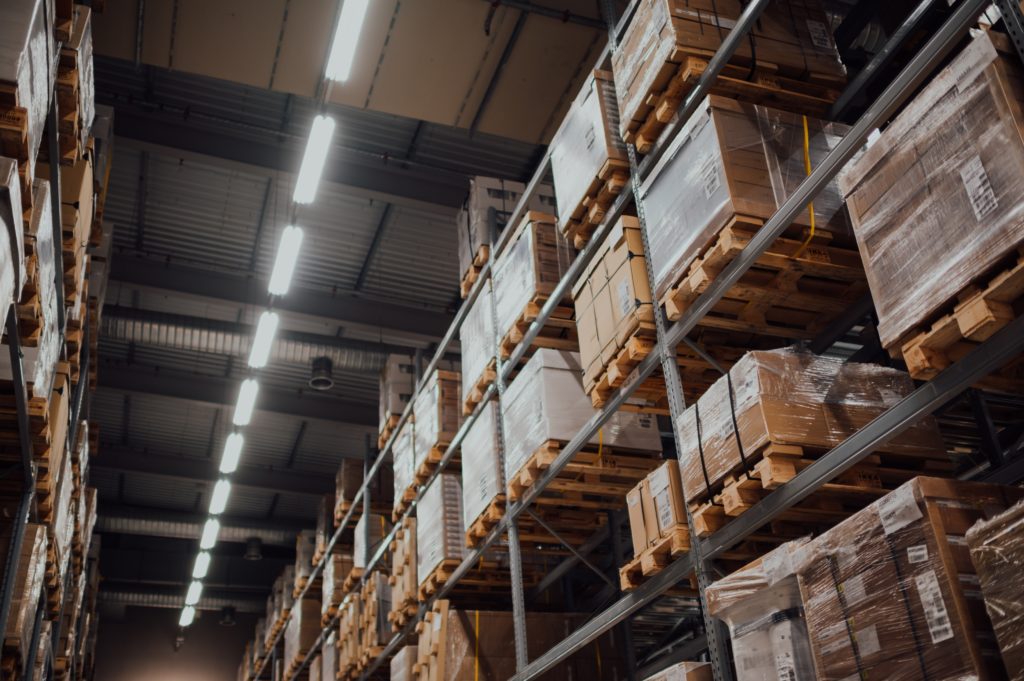In the current economic climate, many people are looking for a second income or side hustle to boost their income; others are looking for a bit more financial independence. Whatever the reason, if you carry out research on different online business opportunities, one of the first suggestions you’ll find is selling through Amazon FBA. It’s been a popular way to make money for a few years and still works.
What is Amazon FBA?
Fulfilment by Amazon (FBA) is a programme where Amazon fulfilment centres handle storing, packing, and shipping orders as well as returns and exchanges. With a flat monthly cost, plus selling fees, you are able to send your products to these fulfilment centres. This larger workforce will then take care of the actual shipping, tracking, and customer service experiences, enabling you to expand your business and attract customers.
Amazon FBA is very much a profitable business model, and if you think it’s an option for your new start-up venture, then you would set off on the right foot by following these five top tips to help new Amazon FBA sellers get started…
1: Conduct niche and product research
Amazon sells millions of products annually, but that does not mean you can sell any product and expect to succeed. The absolute best sellers spend many hours researching the goods that will bring in the most revenue.

The most popular products are those that are embarrassing for customers to purchase in person, eco-friendly goods, or items that compliment each other and can be bundled together, like stationary. Whatever you choose try and meet each of these six requirements:
- A high search volume on Amazon
- High average monthly sales
- Consistent sales all year long
- Not many competing sellers
- Easy to acquire from suppliers
- Weight and size (the smaller and lighter the item the less the shipping, storage, and fulfillment fees will be)
- A sales price between £10 to £50 (these prices are low enough to generate a good sales volume but still high enough to leave some profit)
You might be asking how you will get access to all of this information. Fortunately, Amazon sellers have access to a wide range of tools that make discovering this kind of information simple.
Consider purchasing components that can be used to create private-label products to take things a step further. Finding things that you can customise and build a brand around will give you access to products that no other vendor is providing, which is a significant advantage.
2: Create an Amazon seller account
You must sign up for a seller account on Amazon before you can start selling. When you do this, you’ll be presented with two account types to choose from:
Individual – You won’t be charged a monthly fee for this account, but Amazon will charge you 75p for each sale you make. Additionally, the capabilities offered with this kind of account are fairly constrained.
Professional – You will pay £25 per month for this account, but there is no 75 transaction charge. Additionally, you get access to other tools like Amazon advertisements, comprehensive inventory information, and more categories in which you can sell. Most vendors should select a Professional account.
Going for a Professional account is the best option if you plan to take Amazon seriously because it gives you access to Amazon’s advertising platform, which can be a very effective tool for driving sales of a new product.
You can sign up for an Amazon seller account here. To complete the application process, you’ll need a piece of ID, a valid credit card, and your tax information. Be sure to become acquainted with the Seller Central interface after Amazon authorises your account (it typically takes three days). You can update your inventory here as well as develop new product listings and Amazon ad campaigns.
3: Find a supplier
You must locate a company that can provide you with the product once you have decided what you want to sell. Since buying goods abroad is typically less expensive than doing it domestically, the majority of vendors get their inventory from other countries, primarily China.

Business owners used to travel to China to meet with suppliers in person in the past. Or they would go to trade exhibits to find businesses that had the products they were looking for. Technology has made it simpler than ever for Amazon sellers to discover suppliers online, however some business owners still choose to do this. However, now there are many online marketplaces, such as AliBaba with connections to thousands of manufacturers and wholesalers.
4: Choose your fulfilment method
The process you utilise to ship your clients’ orders is known as order fulfilment. Amazon offers you two choices for this:
FBM, or Fulfilment by Merchant – This requires you to store all your own inventory. When someone buys one of your products you pack and ship the order yourself.
FBA, or Fulfilment by Amazon – With this method, you send all your items to Amazon. They store them in their warehouses, and when you receive an order they ship the product to the customer for you. Every time you make a sale through FBA, you must pay Amazon a storage and fulfilment fee.
5: Product promotion

You need a method to drive traffic to your listings once your products are live on the website. Running advertisements is one of the finest ways to accomplish this for new merchants. Amazon has a powerful internal advertising platform. It works similarly to Google Ads, in that it allows you to show up at the top of Amazon searches in the “Sponsored” section.
To get even more exposure, you can also advertise on social media platforms like Facebook and Instagram. The great thing about these ads is that they’re very affordable and allow you to target specific demographics that you know are interested in your products.
Time to grow!
And finally, the simplest step of all… Start small and grow a firm foundation for your Amazon business. Make sure that you are actually making money as it is a big commitment but very much worth it when you find success. This is even more likely if you use the right tools, and keep these top tips in mind, there will be nothing stopping you from making it big!




